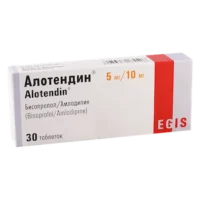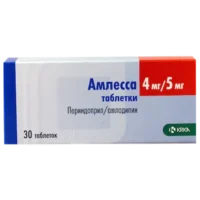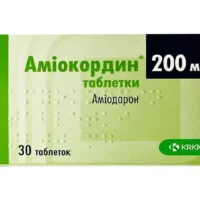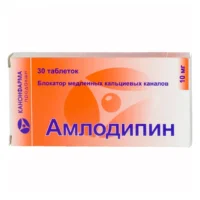Description
Ramimed Combi (ramipril, hydrochlorothiazide) Tablets 5 mg/25 mg. №30
Ingredients
- Ramipril: 5 mg
- Hydrochlorothiazide: 25 mg
Dosage
The recommended dosage: One tablet daily.
Follow the instructions provided by your healthcare provider.
Indications
Indicated for: Treatment of hypertension in patients suitable for combination therapy.
Contraindications
- Do not take if allergic to ramipril, hydrochlorothiazide, or any other ingredients.
- Avoid if history of angioedema related to ACE inhibitors.
Directions
Administration: Take one tablet orally with a full glass of water.
Can be taken with or without food; consistency is key.
Scientific Evidence
Ramimed Combi combines ramipril (an ACE inhibitor) and hydrochlorothiazide (a diuretic) to lower blood pressure and reduce cardiovascular risk.
Studies show superior efficacy of this combination over monotherapy in hypertensive patients.
Additional Information
Use under healthcare provider supervision.
Regular monitoring of blood pressure and kidney function is crucial during treatment.
Pharmacological Effects: Ramipril inhibits angiotensin-converting enzyme, leading to vasodilation and reduced aldosterone secretion. Hydrochlorothiazide increases sodium and water excretion by the kidneys, reducing blood volume and pressure.
Clinical Trials: Combination therapy significantly reduced stroke and myocardial infarction incidence in high-risk patients compared to placebo (New England Journal of Medicine).





